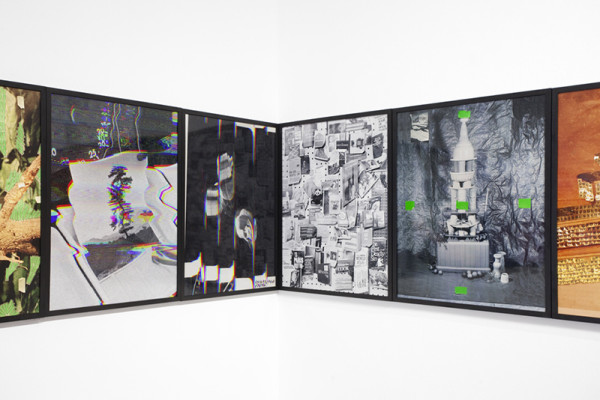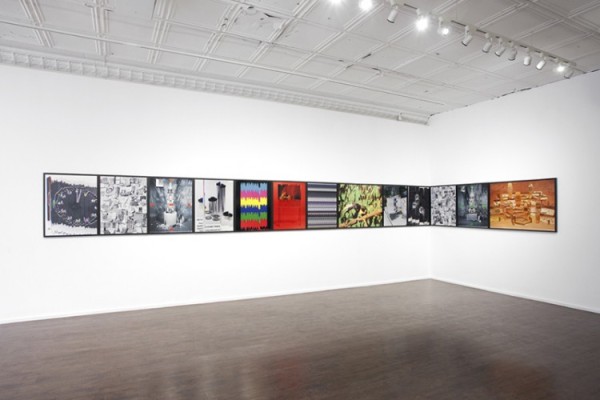Sara Cwynar
Friday, 25 October 2013
Work from her oeuvre.
“…Arianne Di Nardo: The title of your latest series, Flat Death, is a term many may recognize from Barthes’ Camera Lucida. How did this concept inform your methodology; moreover, the themes at play in your work?
Sara Cwynar: For Barthes, the other punctum, the “prick” of the photograph is time, what he calls the “that-has-been” and its “pure representation” in photographic form – how a photo can palpably show you what was – bringing it back to life, while also showing you what is no more. The image produces death while trying to preserve life. I really like this idea for two reasons: first, in relation to resurrecting refuse and re-presenting it in photographic form; second, in terms of how all photographs work.
Barthes suggests this defeat of time is much more tactual in historical photographs; that “This punctum is more or less blurred beneath the abundance and disparity of contemporary photographs.” He wrote in the ’70s, and I wonder how this idea relates to our contemporary experience with images – not so much as individual objects but as a steady stream, largely undifferentiated from one another. It seems an important idea to rediscover. I also thought about this in relation to the supposed death of printed photographs; what does it mean that even the physical reproduction of the thing in the past is gone, that it increasingly never existed, but only passes on by screen? Barthes proposed that the photographic object could be destroyed, yellowed, dead, like anything else. Which is a nice metaphor.
The process began by materializing these ideas using a mix of contemporary and antiquated objects and images: decontextualized stock photos, digital and analog processes, resampling both objects and printed photographs in order to bring them forward and show they existed. At the same time, I wanted to remind the viewer that the originals are gone, and I was thinking about the effect these images might have on a shared visual consciousness.
I interact for hours and hours with found, saved, and collected images and objects in the studio. I hope that my work method might carve a space for dialogue on the ways that images work, on questioning aesthetic tropes, on spectatorship, on the reading of visuals. How many objects and images get discarded in the constant process of generating new ones? These concerns have come to the fore of my practice, after working for the New York Timesand other editorial or commercial jobs, where I made the same type of pictures that I’m trying to mess with here….” – Lavalette



